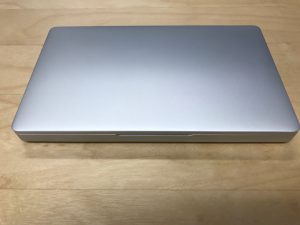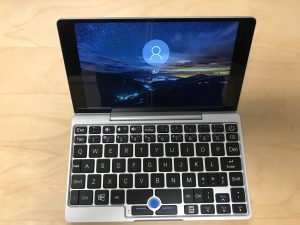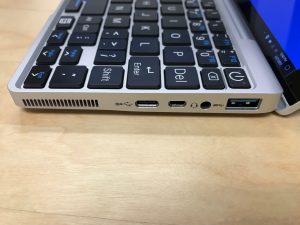If you are the only able bodied IT professional in a family, it means that you will be tasked with all sorts of demeaning and inane computer software and hardware questions, recommendations, and maintenance duties. Eventually, if you remain the solo IT person in a family long enough, you will be asked to perform one of the most daunting and thankless chores known to man… Organizing a photo collection.
You may be the only IT person in the family, but everyone else in the family has computers, digital cameras, and cell phones. All of these devices are capable of taking, storing, and more to the point, hiding digital imagery. And all of which have done so with varying degrees of success, which makes the job seem even more challenging.
Well friends, I am here to help. Recently I had to go through this very process with the myriad devices in use by my family. Instead of putting it off and grumbling about it, I decided to think this through and conquer the photo collection once and for all.
They had several different machines that were used to hold pictures, along with some backups of older machines that also had pictures on them. On the surface it seems like you would never be able to untangle the mess, but I thought about it for a few minutes and decided to apply the “divide and conquer” method to this conundrum. At my job, I have gained a newfound appreciation of PowerShell on Windows 10, so I decided to use PowerShell as a key component to my evil plans.
Plan for organizing a photo collection
- Bring photos together from all sources into one place
- Remove duplicate photos
- Organize photos by month and year
Now item #1 above sounds a bit easy at first glance. However, you have to keep in mind that cameras use names such as IMG_2209.JPG as the file names created. As a result, if you have taken a lot of photos with a lot of different cameras, you can get name collisions on files.
So first I needed to do was to get all of the backups and files from the disparate sources into one folder on my Windows 10 computer. Then, I would go through and find all the JPG files in the source location recursively one at a time, check to see if the file name exists in the destination, and if it does, add a number to it until it is unique, then copy the file to the destination. This would of course leave some duplicates in the destination that will be handled later.
Step 1
Here is the PowerShell script that I used to perform this task. (WARNING: Any time you set up any kind of automated file process, make sure that you have backups.)
function fcopy ($SourceDir,$DestinationDir)
{
Get-ChildItem $SourceDir -Recurse | Where-Object { $_.PSIsContainer -eq $false } | ForEach-Object ($_) {
$SourceFile = $_.FullName
$DestinationFile = $DestinationDir + $_
if (Test-Path $DestinationFile) {
$i = 0
while (Test-Path $DestinationFile) {
$i += 1
$DestinationFile = $DestinationDir + $_.basename + " " + $i + $_.extension
}
}
Copy-Item -Path $SourceFile -Destination $DestinationFile -Verbose -Force
}
}
fcopy -SourceDir "C:\Users\Me\Desktop\Source\" -DestinationDir "C:\Users\Me\Desktop\IntermediateDestination\" |
function fcopy ($SourceDir,$DestinationDir)
{
Get-ChildItem $SourceDir -Recurse | Where-Object { $_.PSIsContainer -eq $false } | ForEach-Object ($_) {
$SourceFile = $_.FullName
$DestinationFile = $DestinationDir + $_
if (Test-Path $DestinationFile) {
$i = 0
while (Test-Path $DestinationFile) {
$i += 1
$DestinationFile = $DestinationDir + $_.basename + " " + $i + $_.extension
}
}
Copy-Item -Path $SourceFile -Destination $DestinationFile -Verbose -Force
}
}
fcopy -SourceDir "C:\Users\Me\Desktop\Source\" -DestinationDir "C:\Users\Me\Desktop\IntermediateDestination\"
In the last line of this script, you would fill in your source and destination directory. In my case, I had already pruned all of the files that were not JPG files out of all the source directories. If you do not do that, you would end up with file types you could then delete from the destination.
Step 2
Eventually the PowerShell script will finish, and you will have all your files in one folder. I then used a freeware Windows application that can go into a specified folder and find duplicate files. It then shows you which files it found as duplicates, and you can quickly delete all the unneeded duplicates. You should be able to find something workable with an internet search for duplicate file finder.
And finally, I highly recommend using the PowerShell ISE to work on and run your PowerShell script. It makes things go much smoother and can help you with any kind of questions or issues.
Please make sure to check back for my next installment of organizing a photo collection. I will cover how I massaged this massive file list into a more manageable structure. The folders wlll be organized by month and year that the picture was taken.
BTW, sort of in keeping the theme of today’s post, I hope everyone has a happy World Backup Day. In addition to being April Fool’s Day, tomorrow is also a good candidate for World Restore Day.



